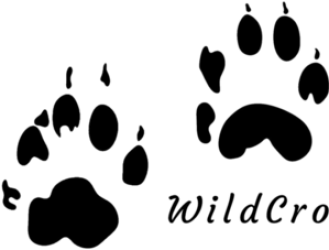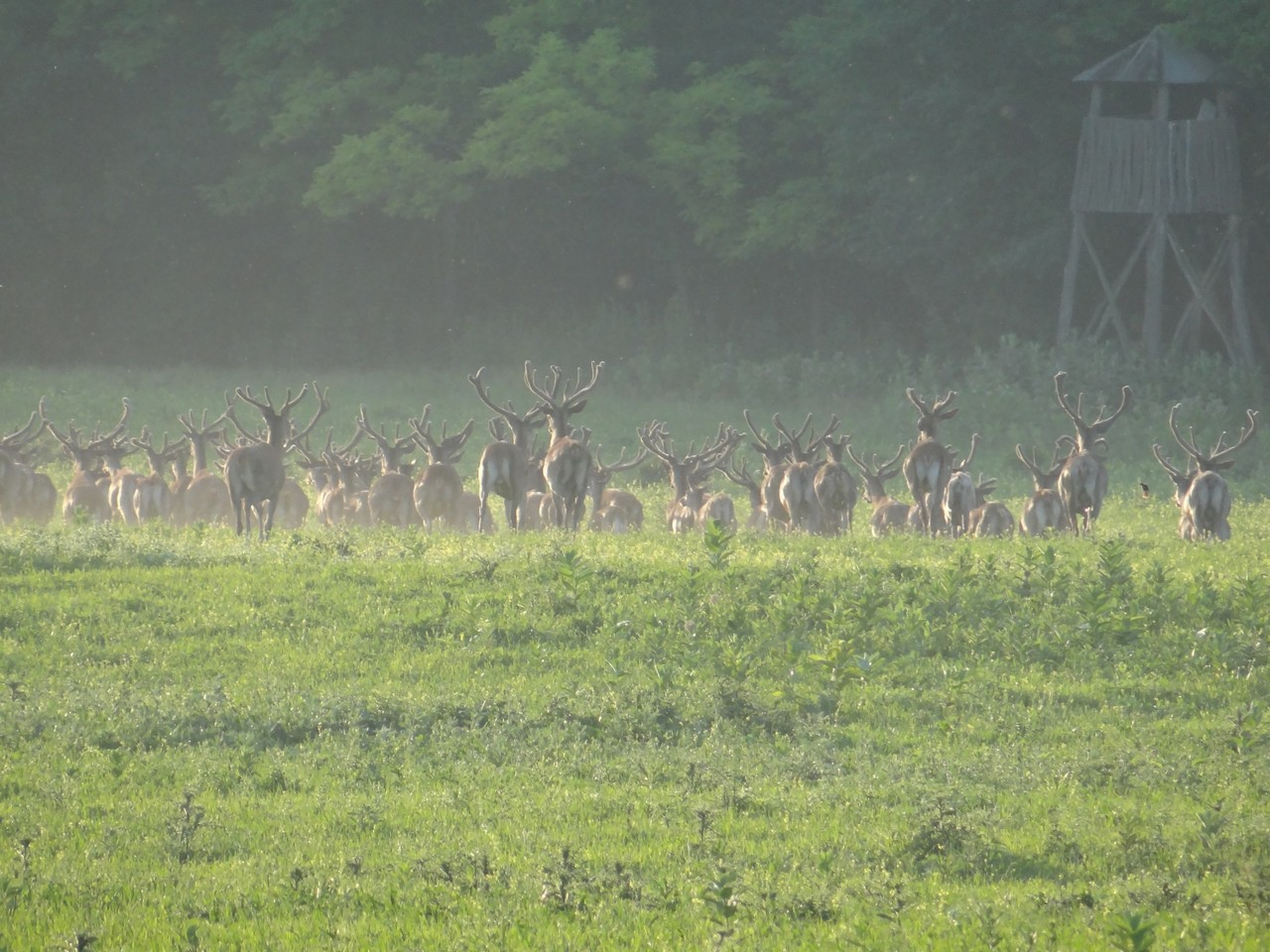In order to survive, reproduce and grow, animals need food sources and shelter. Given digestive processes, and competition within and between species, animals are faced with decisions about how to locate and find food sources and shelter. The type and amount of food eaten and digested is determined by the interaction of animals and the environment, whether the prey is a plant or an animal.
The goal in wildlife life is to maximize nutrient intake with minimal energy expenditure. It can be said that in the world of wildlife, economy and rationality come first. In order to be able to rationalize the search, intake and digestion of food, it is in this order that an individual must gather and organize information about the quantity, distribution and quality of potential food items. The economy of digestion is conditioned by the fact that the content of food intake complements and realizes all digestive processes, which can be roughly characterized as stimulation of digestive organs (irritation to activate function) and digestion itself (maximum extraction of nutrients). The ability of an animal to find food and digest it well (peace and shelter) is precisely this limiting factor of fitness, physiological and reproductive status of the individual. The movement of individuals around the habitat with the aim of finding suitable habitats, or leaving the habitat with unsuitable living conditions determines the spatial distribution of individuals within the habitat of the game population of a hunting ground.
Theoretically, we can distinguish three basic types of spatial distribution:
- uneven distribution according to the principle of randomness,
- even distribution,
- uneven group layout.
An uneven distribution by chance would be possible only in an environment where living conditions in any part of the habitat are the same. An even distribution would be possible if the individuals in the habitat were distributed as plants in agricultural crops. These two types of spatial distribution in nature are almost non-existent, so the most common basic type of spatial distribution is considered to be uneven group distribution. This type of spatial distribution implies an uneven and most often group distribution on the surface of the habitat, and even in those animal species that are characterized by a predominantly individual (solitary) way of life, because they are in groups, at least during mating and rearing their young. ), and this arrangement depends on the arrangement of food or suitable places for shelter and reproduction. The social behavior of animals has an obvious influence on the spatial distribution of individuals.
In hunting management, we try to disperse the game throughout the habitat through breeding measures, but in practice this is very difficult to achieve. By managing and adapting hunting grounds to habitat improvement measures, we can create conditions in which wildlife can maximize the number of young produced, but we cannot dictate the distribution of individuals per habitat. To understand the behavior of wild animals in the habitat, it is necessary to study the parameters of population dynamics (growth, mortality), observe wild animals within the ecosystem in which they live (forest or field community), monitor the game-habitat interaction (peace-shelter-food) and the impact of habitats on the condition (excessive number of game or too many social gatherings – herds, packs, etc.), and take into account human activities on the game population and any segment of the ecosystem (soil, forest, water, etc.) . Knowing the movements of wild animals can be useful to us because we can predict which species will appear in which area and at what time, so we distinguish:
– areas of activity – daily movements of animals in order to meet basic living needs (food, water, etc.),
– braking areas – the area that the female actively defends and drives away other females that
approaching that surface and forms an integral part of the female’s overall area of activity.
– migrations – seasonal, periodic movement, due to nutritional, social (gender segregation), climatic and other reasons.
Many species of wild animals are distributed in the hunting ground in the form of a shooting target, with the highest population density in the middle of an area, so this population density decreases from the center of the target, ie from the highest population density. The center of the highest population density is not always in the topographic center of the hunting ground, but is where the living conditions (peace-shelter-food) are best for a particular species. Likewise, there may be more of these centers with the highest population density, which depends on the way of life of a particular species, ie it depends on social stratification within the herd, seasonal migrations, sex separation during the year, etc. see how social relations and stratification within the herd, between the herd, and between the sexes can form multiple centers of high population density. In the case of roe deer, which is a remote and territorial species, it has been determined that in some areas within the hunting ground the territories are smaller and that there are more of them in relation to other areas of the same hunting ground where the territories are larger and therefore smaller. The dispersion of individuals on the surface of the hunting ground we manage is conditioned by the needs of individual species, and the most common factors are: provided peace, good shelter and the presence of food sources.


